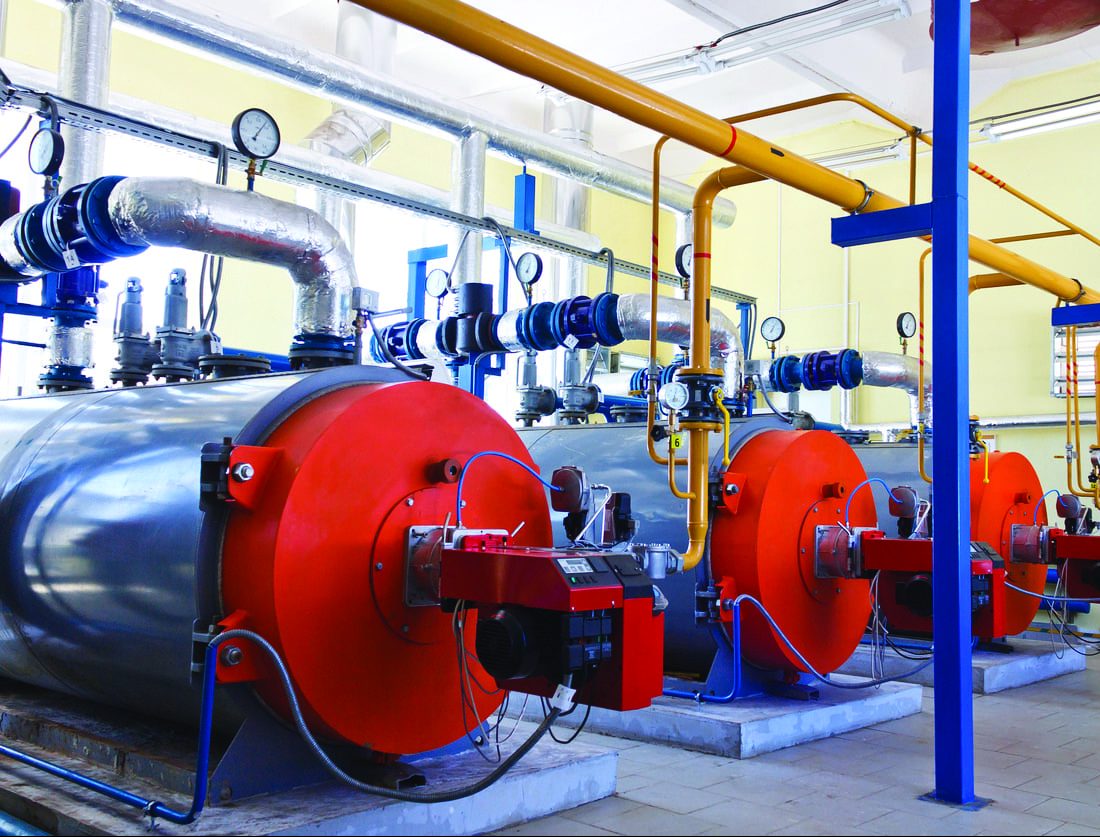How much will Boiler Treatment Really Cost Me?
How Much Will Boiler Treatment Really Cost Me?
When searching for boiler water treatment costs, finding clear and reliable information can be difficult. For new businesses or first-time facility managers, knowing which treatment options are necessary and how much they cost is crucial for budgeting and maintaining efficient boiler operations.
This guide breaks down the key factors that influence boiler water treatment pricing, helping you make informed decisions.
What Defines a Good Boiler Treatment Program?
A bad boiler treatment program leads to increased water and energy costs, equipment failure, and expensive repairs. In contrast, a well-designed treatment program will:
- Prevent corrosion, scaling, and sludge buildup to reduce repairs.
- Optimize chemical injection to lower water and energy costs.
- Maintain condensate pH to ensure efficient steam reuse.
Investing in proper treatment protects your boiler system, improves efficiency, and saves money long-term.
Key Cost Factors for Boiler Treatment
1. Type of Boiler System
Boilers fall into two main categories:
- Comfort Heating Systems – Used seasonally for heating buildings, typically returning close to 100% condensate.
- Process Systems – Used in manufacturing, often running 24/7 with variable condensate return (80-90% or as low as 0%).
Boiler Size & Run Time Impact Costs:
- Boilers are measured in horsepower (HP). Average treatment costs range from $1 to $2 per HP per month.
- Seasonal vs. Year-Round Operation – Running a boiler year-round increases costs, while seasonal operation may reduce expenses by up to 50%.
2. Water Quality & Treatment Needs
The quality of incoming water plays a major role in treatment costs. Common water sources include:
- Unsoftened city or well water – Requires higher chemical usage, increasing costs.
- Softened water – Reduces scaling risks and lowers chemical needs.
- Reverse Osmosis (RO) or Deionized (DI) water – Minimizes treatment requirements, reducing overall costs.
Better-quality feedwater allows for higher cycles of concentration, requiring less chemical treatment and reducing costs.
3. Boiler Treatment Equipment Costs
Boiler treatment options range from manual chemical dosing to fully automated treatment systems. Investing in automation reduces labor costs but comes with higher upfront expenses. Key equipment includes:
- Blowdown controllers – Optimize water discharge to reduce scaling.
- Chemical feed pumps & timers – Automate precise chemical dosing.
- Injection points – Ensure proper chemical distribution.
Equipment costs range from a few hundred to several thousand dollars, depending on system size and complexity.
4. Labor & Maintenance Expenses
Companies must decide whether to manage boiler treatment in-house or outsource it to professionals.
- In-house maintenance requires trained staff for monitoring and adjustments.
- Outsourcing involves regular service visits, with rates between $75 and $250 per hour, depending on work complexity.
Routine service visits prevent costly breakdowns and improve system efficiency.
Boiler Treatment Pricing Breakdown
A 300 HP steam boiler will typically cost $300 to $600 per month for treatment.
Factors Affecting Cost:
✅ Lower costs occur with high-quality feedwater and high condensate return.
❌ Higher costs result from poor water quality and high steam loss.
By investing in routine maintenance, proper chemical treatment, and equipment upgrades, companies can significantly reduce long-term boiler expenses.
About The Author
Nick Piskura is the Marketing and Web Development Specialist at ChemREADY who utilizes expertise in digital marketing strategies to provide knowledgeable insights in each segment of our business. Nick provides insights through web development and multimedia resources that support ChemREADY’s full range of services, including Legionella management, ANSI/AAMI ST108 compliance, boiler and cooling tower treatment, wastewater processing, and industrial water quality solutions.

